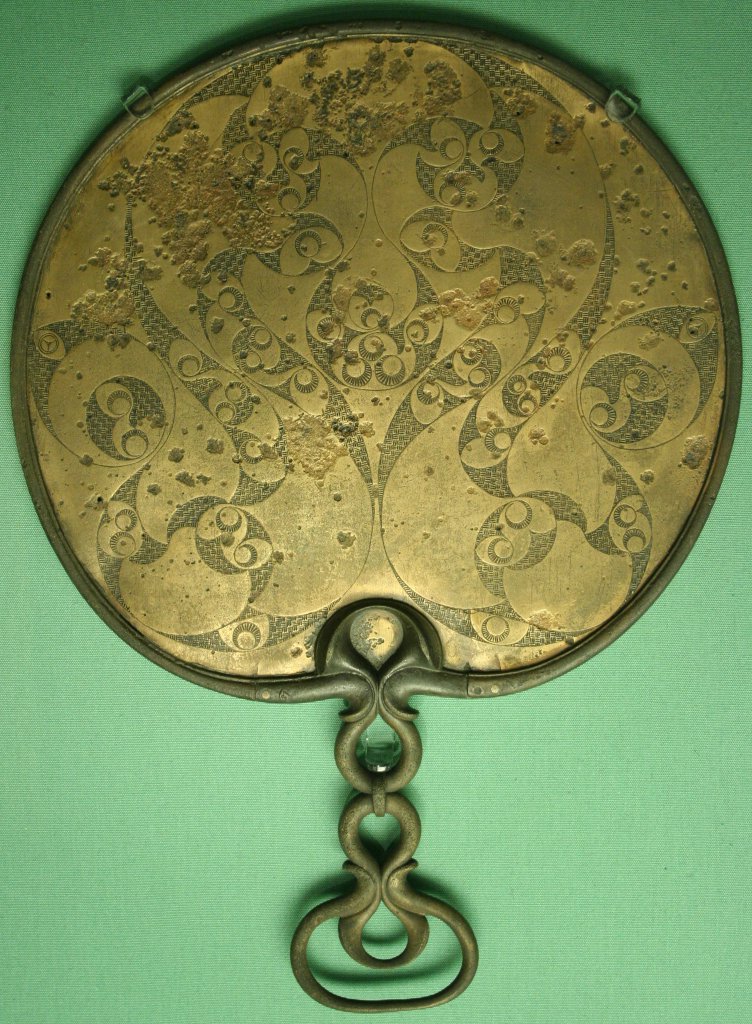Perspective: Michelle Obama was in Paris when Notre Dame was on fire in 2019. She watched it go up in flames while wearing a necklace that says BURNING. Still no official explanation about the fire.


Perspective: Michelle Obama was in Paris when Notre Dame was on fire in 2019. She watched it go up in flames while wearing a necklace that says BURNING. Still no official explanation about the fire.


Interesting historical tidbit: Hendricus G. Loos, known for his patents on mind control tech, had a paper at the very first NeurIPS (then NIPS) in 1987, titled "Reflexive Associative Memories" (PDF)

Centuries ago, my ancestors built this. The stones still carry the secret wisdom of forgotten ages.

For centuries, it vanished from history. But now the forgotten heart of the Silk Road is reclaiming the spotlight. The Eurasian Century has begun. Did you miss it… or are you blind?

If Jesus, Tesla, Hitler or other famous historical figures were alive today, they'd be likely forced to become social media influencers using AI for captions, make daily content, and sell merch. Einstein: 'Hey guys, smash that like button for more relativity hacks!'
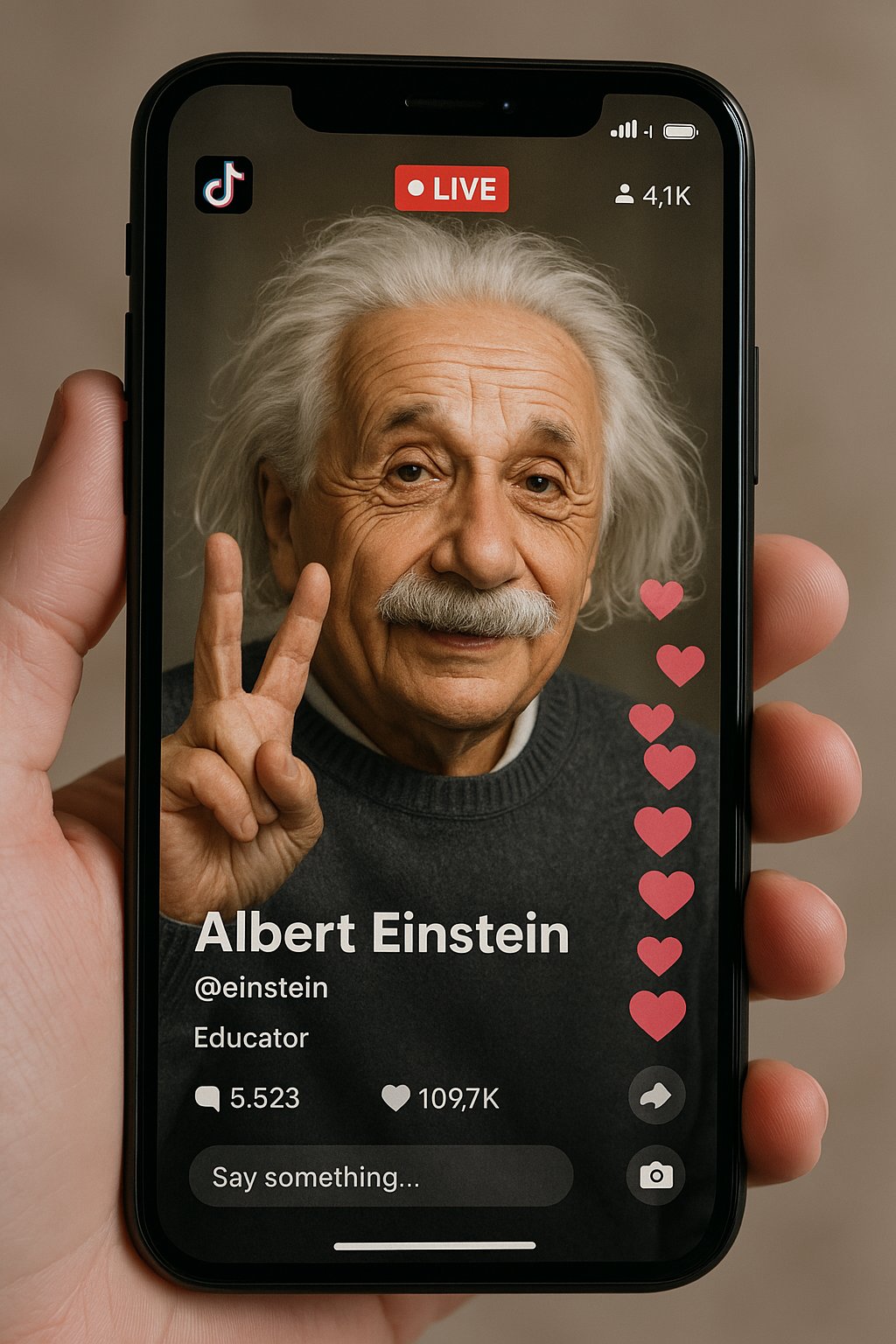
AGI Polycrisis
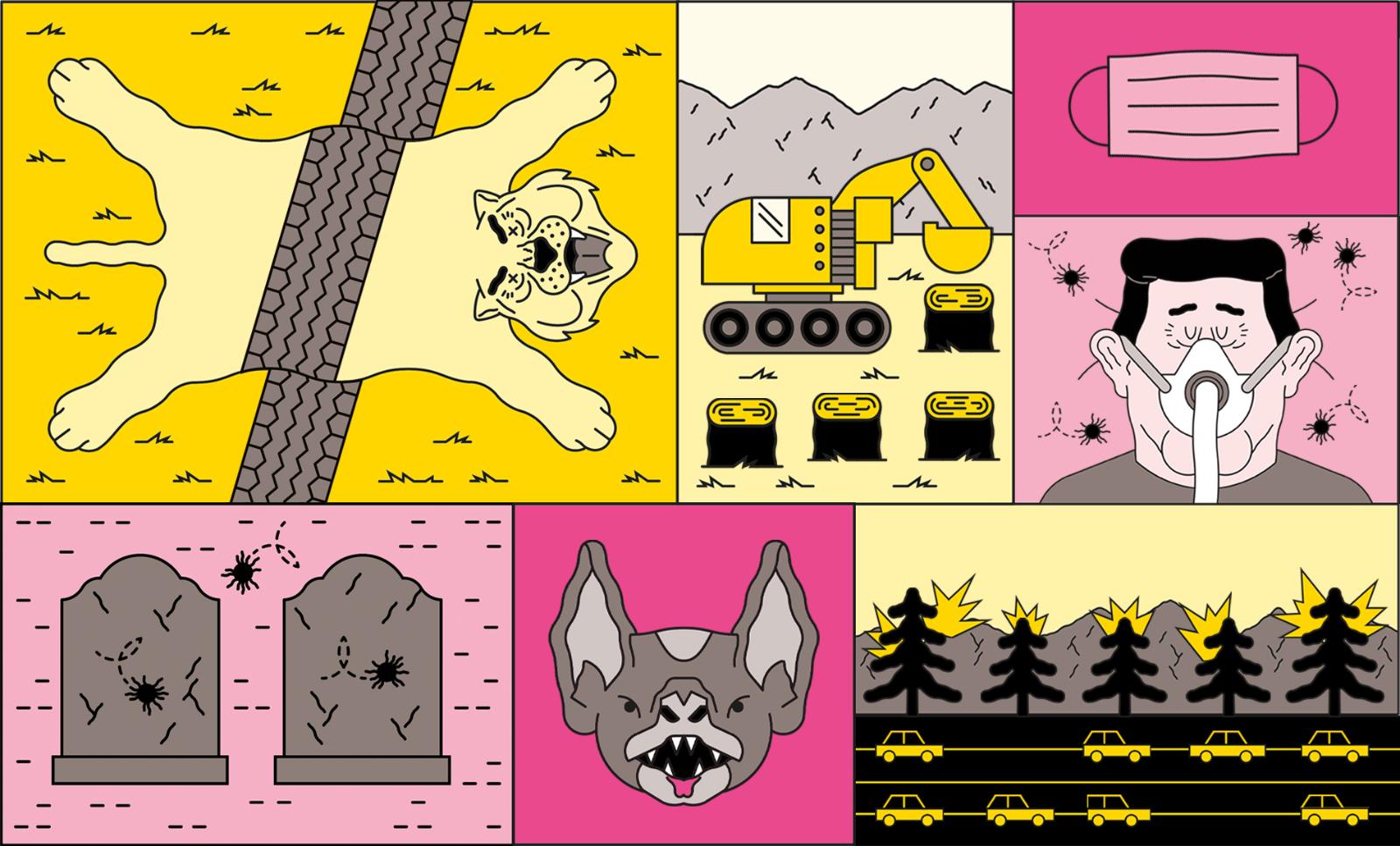
Everyone's cheering the coming of AGI like it's a utopian milestone. But if you study macro trends & history, it looks more like the spark that turns today’s polycrisis into a global wildfire. Think Mad Max, not Star Trek. How are you preparing?
We’re like medieval farmers staring blankly as a car barrels toward us at 200 km/h—no clue what it is, so we don’t react. Monkeys gazing into the rearview mirror of history while the future accelerates exponentially. And shit is about to hit the fan majorly.
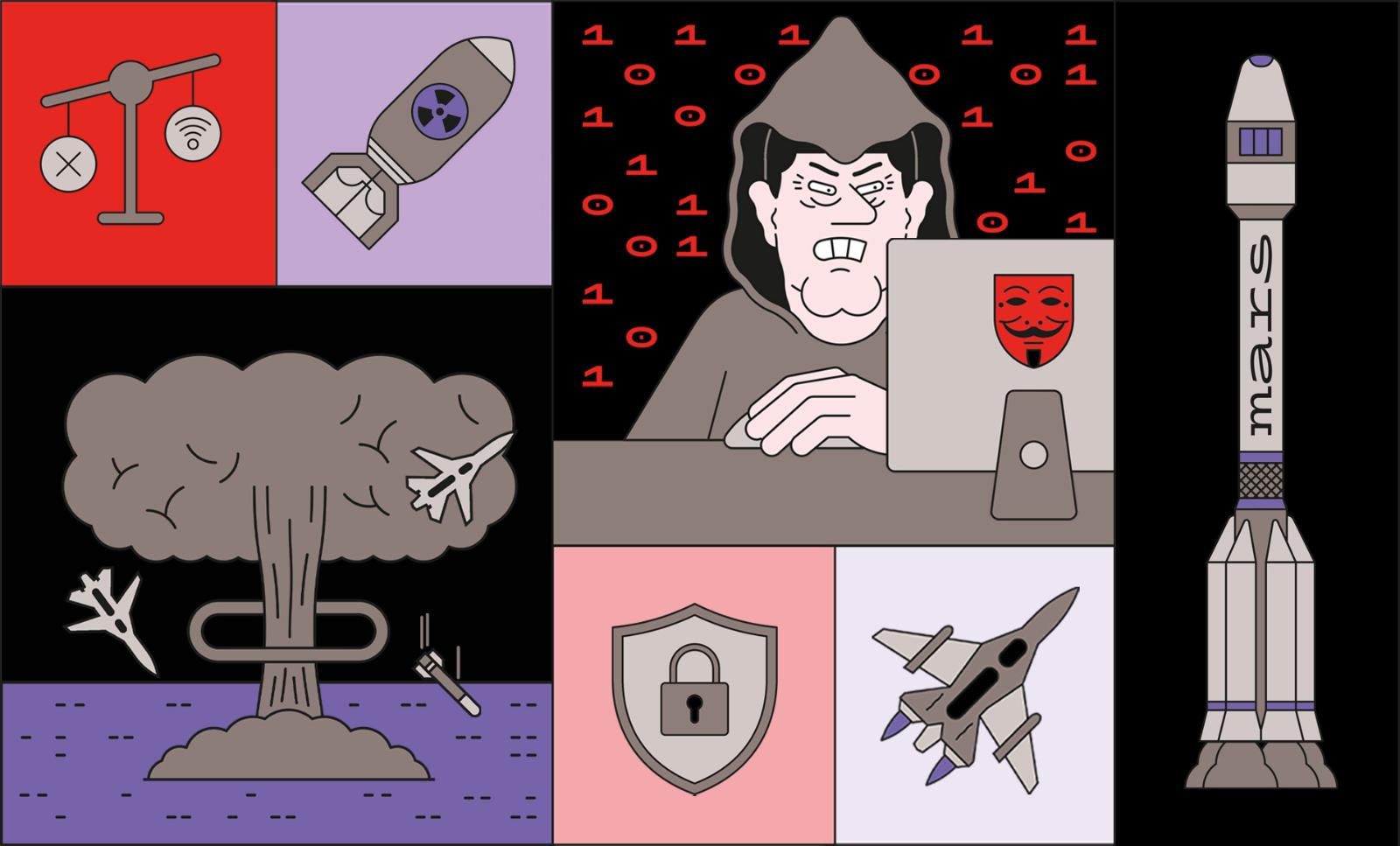
Have a conversation with your LLM starting with this prompt: "Explore the most pressing crisis & challenges that face humanity in 2025." after some exploration ask: "Make a comprehensive risk assessment. Tell me what the likelihoods of things going terrible wrong" .

Life is long and strange. You never know what time will bring. It's young xi jinping
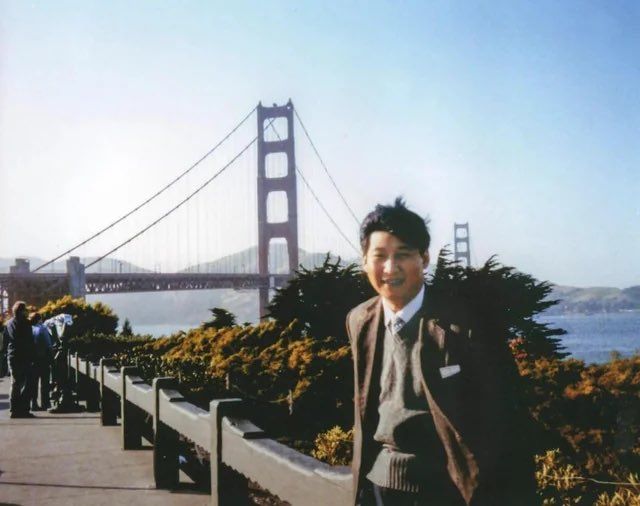
As our American friends finally openly embrace Roman salutes in public and reframe being a Nazi as 'cool,' let’s take a moment to revisit the 100-year-old love affair between the Yankees, their German comrades, and the unseen hand guiding both. Eine ansteckende Geisteskrankheit.
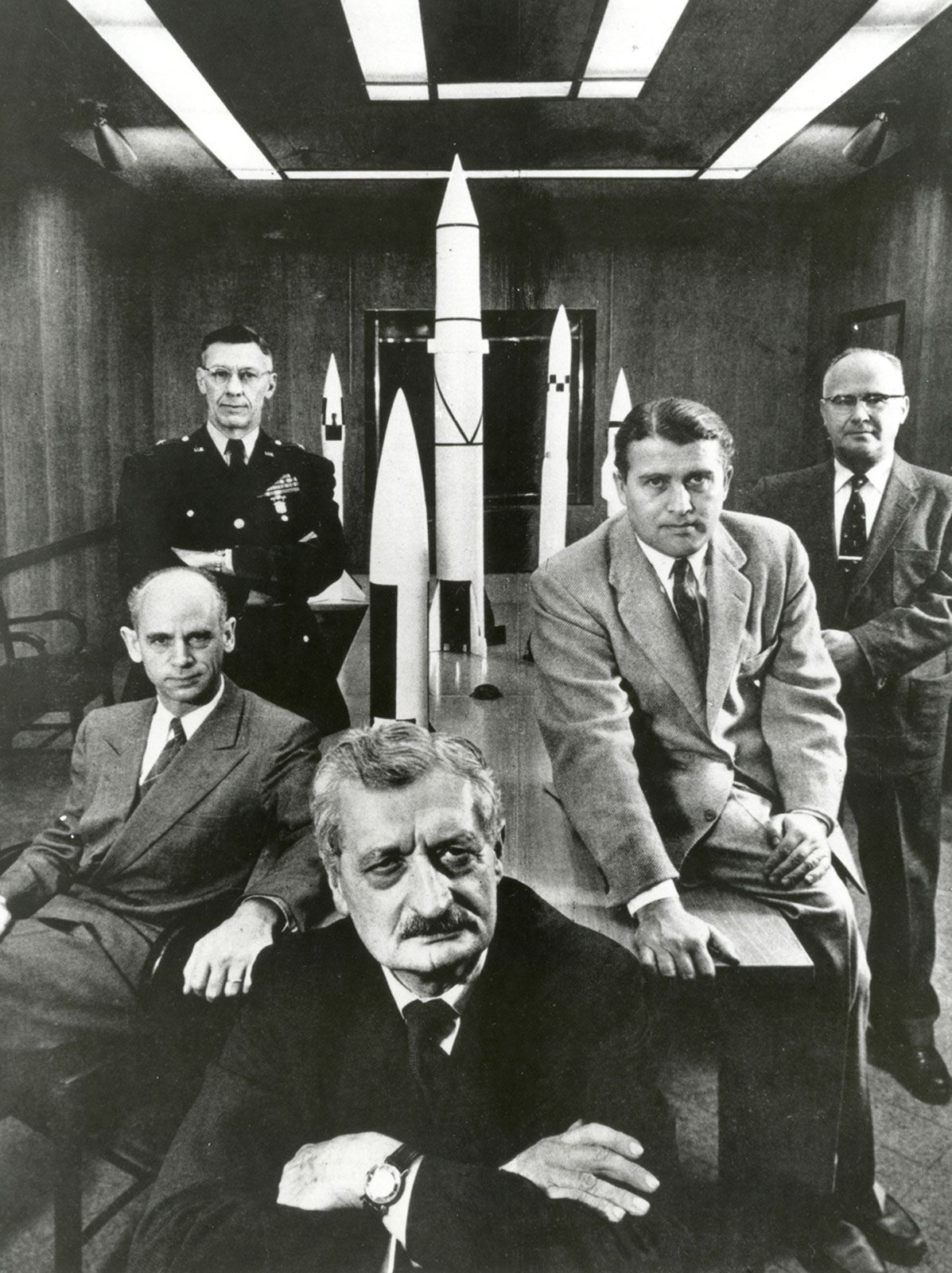


Richard Feynman’s blackboard at time of his death

Richard Feynman’s “last blackboard” is famous both for what it literally shows—his handwriting, partial notes, and equations—and for the broader symbolism people have attached to it. Below is a more detailed breakdown of each section and why it’s significant.
This line encapsulates Feynman’s deep conviction that genuine understanding in science (and particularly in physics) comes from being able to re‐derive, rebuild, or “create” an idea from the ground up. If you can construct a phenomenon or theory step by step yourself, you truly understand it.
There’s sometimes debate over the exact source or phrasing of this quote. It’s often attributed directly to Feynman, though some trace its spirit to Wittgenstein or other thinkers. Regardless, it strongly reflects Feynman’s style: he was known to insist on re‐deriving known results and prided himself on not just taking existing solutions at face value.
This line underscores another key part of Feynman’s philosophy: he believed that one should be intimately familiar with the repertoire of known physics problems and their solutions. By learning how previous problems were solved, you build a mental toolkit for tackling new problems.
He famously re‐derived major results on his own, from quantum mechanics to electrodynamics, often because he wanted a fresh, intuitive understanding. “Know how to solve every problem that has been solved” is a succinct way of saying: “Master the canon of known problems; don’t rely on secondhand knowledge.”
This part is partly erased or smudged, but it appears to be a short list of research topics or curiosities Feynman wanted to explore further:
To learn: Beta ... Prob. Knot 2-D Hall (real Temps? real tamps?) Non Linear Classical ...
Some interpret this as “Beta anomaly problem” or “Beta asymptotics problem.” In physics, “beta” often refers to the beta function (e.g., in quantum field theory, the beta function describes how coupling constants change with energy scale).
This may indicate an interest in knot theory or topological ideas (e.g., the study of how knots behave in physical systems). Feynman was known to be intrigued by seemingly abstract mathematical ideas that might shed light on physical phenomena.
Possibly referring to the two‐dimensional Hall effect, including the quantum Hall effect discovered in the early 1980s, which was a hot research topic at the time.
It’s unclear whether he wrote “real temps” or “real tamps.” One guess is “real temperatures,” meaning real‐temperature (finite‐temperature) effects in a 2D system.
Possibly “Nonlinear classical theory,” “Nonlinear classical physics,” or “Nonlinear classical hydrodynamics.” Feynman had broad interests, including fluid dynamics, chaos, and related nonlinear phenomena.
These lines give us a snapshot of what was on his mind or “to‐do list” near the end of his life—a set of advanced or emerging problems in physics and mathematics he still wanted to investigate.
f = U(R, a) g = (4 – 2) U(1 + 2) f = –21 r^(1/2) (…)
These are fragments of some functional relationships or potential expansions. It’s not entirely clear which specific problem he was working on. It could be a quick jotting of an idea about a function U(·) depending on variables R and a.
“g = (4 – 2) U(1 + 2)” looks almost like a placeholder or a simplified expression (4 – 2 = 2). He might have been playing with scaling or specific numeric values in a problem.
“f = –21 r^(1/2) …” suggests some proportionality to √r. He may have been testing an approximation, a dimensional analysis, or a boundary condition. Because the chalkboard is incomplete, we only see a snippet.
While many have speculated, the bottom‐right corner doesn’t clearly match any single well‐known Feynman derivation. It may have been a side calculation or an outline for a discussion. The partial nature is part of what makes the blackboard so poignant—it’s a window into a process rather than a finished product.
Location: The blackboard is preserved at the California Institute of Technology (Caltech), where Feynman spent most of his career. It has become an iconic piece of scientific memorabilia, akin to Einstein’s chalkboard at the University of Oxford.
Feynman’s final blackboard highlights his enduring themes:
Though it’s just a casual snapshot of his notes, it has taken on an almost mythic status, reflecting the ethos of a physicist who believed in understanding by doing, a dedication to constant learning, and a willingness to explore ideas at the frontier.
Shi Qian in the branches of a tree by moonlight shining his lantern toward the ground.

The Desborough Mirror is an intricately decorated bronze mirror dated to c. 50 BC – 50 AD.
